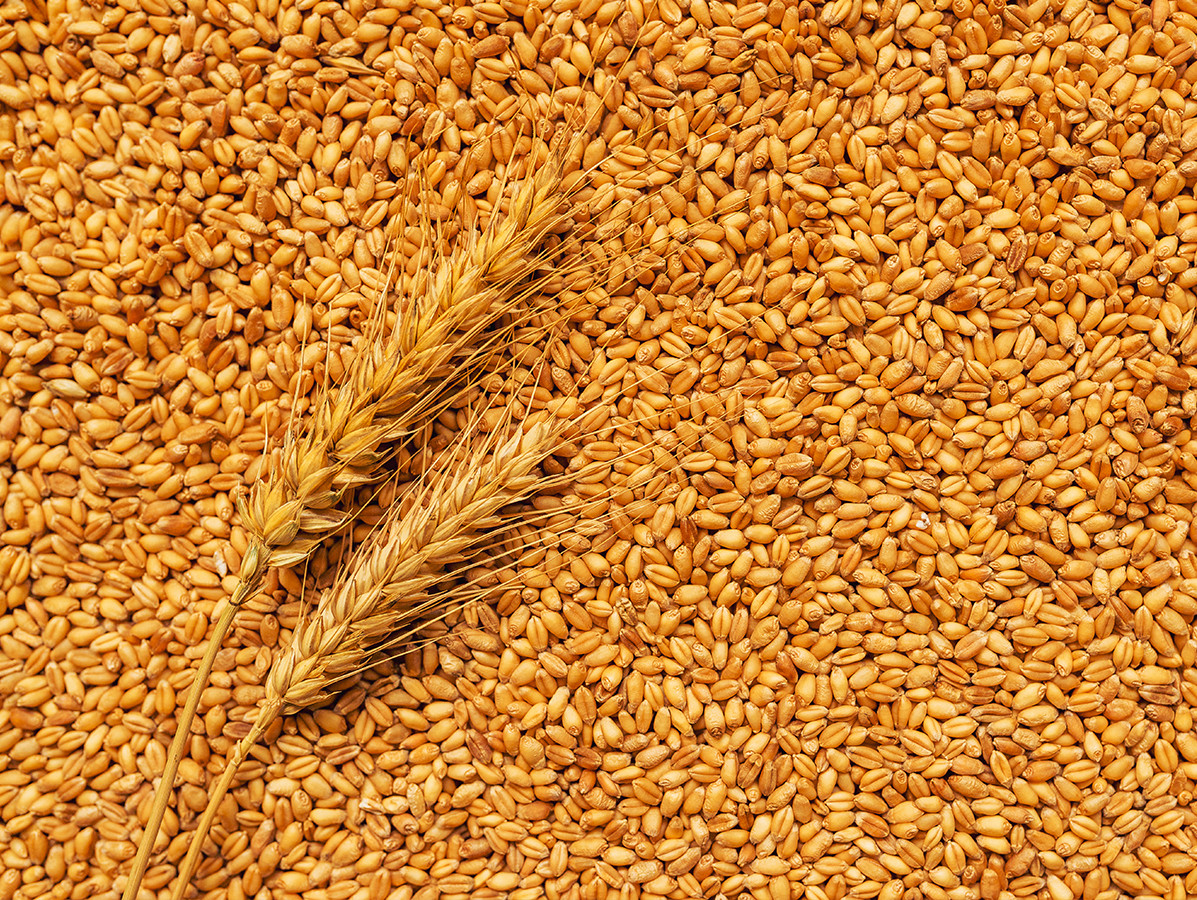
World food commodity prices made a significant leap in March 2022 to reach their highest levels ever, as war spread shocks through markets for staple grains and vegetable oils, the Food and Agriculture Organization of the United Nations (FAO) reported. The FAO Food Price Index averaged 159.3 points in March, up 12.6 percent from February when it had already reached its highest level since 1990.
Cereal Price Index: The Cereal Price Index was 17.1 percent higher in March than in February, driven by large rises in wheat and all coarse grain prices.
Rice Price Index: The March value of the Rice Price Index changed little from February, and thus still 10 percent below its level of a year earlier.
Vegetable Oil Price Index: The Vegetable Oil Price Index rose 23.2 percent, driven by higher quotations for sunflower seed oil.
Sugar Price Index: The Sugar Price Index rose 6.7 percent from February. Higher crude oil prices were a driving factor.
Meat Price Index: The Meat Price Index increased by 4.8 percent in March to reach an all-time high, led by surging pig meat prices. International poultry prices also firmed in step following avian flu outbreaks.
Dairy Price Index: The Dairy Price Index rose 2.6 percent and was 23.6 percent higher than in March 2021, as quotations for butter and milk powders rose steeply amid a surge in import demand.
FAO also released its new Cereal Supply and Demand Brief, which includes a forecast for global wheat production in 2022 of 784 million tonnes, a 1.1 percent increase from 2021. That estimate factors in expectations that at least 20 percent of Ukraine’s planted area to winter crops, notably winter wheat, may not be harvested. Coarse grain production prospects remain favorable in Argentina, Brazil and South Africa.
FAO lowered its forecast for world trade in cereals in the current marketing year to 469 million tonnes, marking a contraction from the 2020/21 level. Expectations point to the European Union and India increasing wheat exports, while Argentina, India and the U.S. shipping more maize, partially compensating for the loss of exports.
Source: FAO